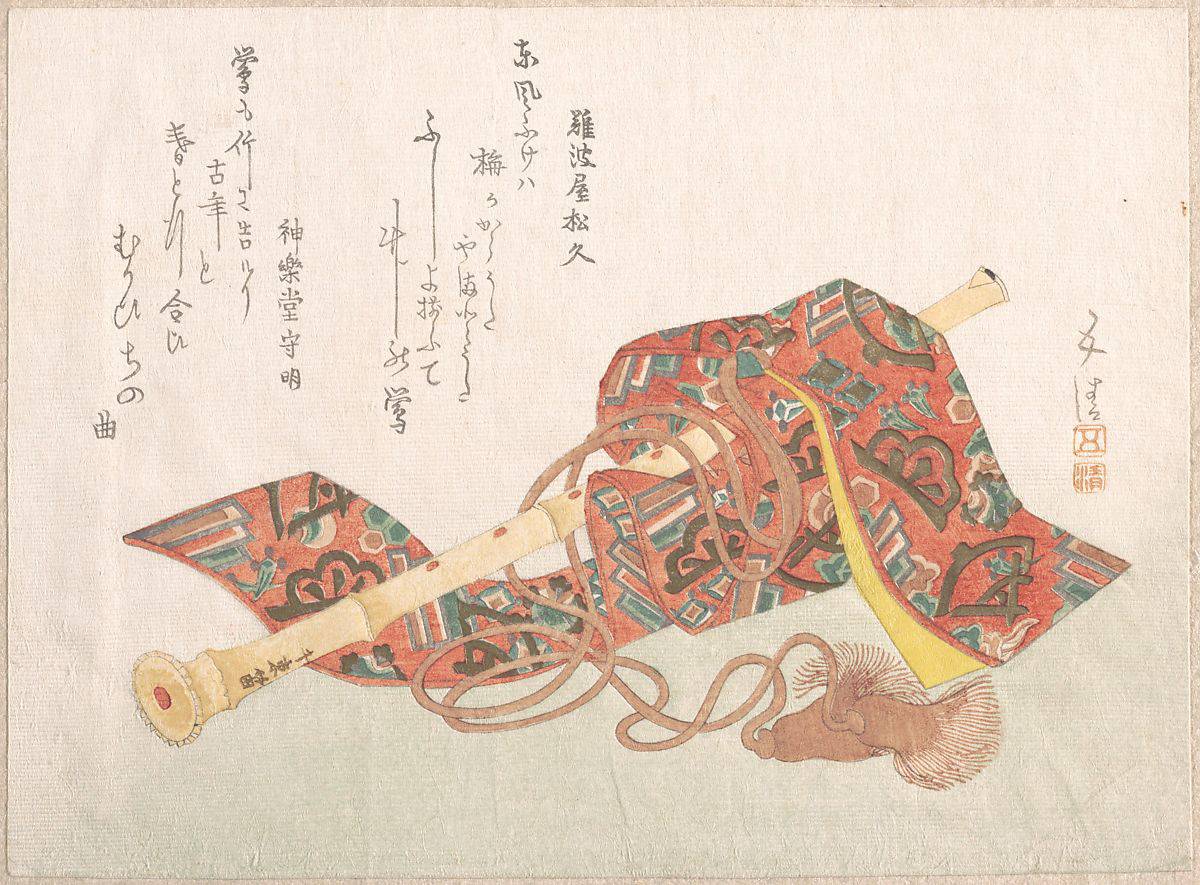Therapy
Tinnitus Retraining Therapy: Description and Benefits
THC Editorial Team June 30, 2022

Contents
- Overview
- What Is Tinnitus Retraining Therapy?
- How Does Tinnitus Retraining Therapy Work?
- The Potential Benefits and Effectiveness of Tinnitus Retraining Therapy
- Summary/Key Takeaways
Although many people experience ringing in the ears occasionally, tinnitus can be a debilitating chronic condition for many. The perceived internal sounds that characterize tinnitus can interfere with day-to-day activities and may negatively impact a person’s quality of life. Tinnitus retraining therapy is a treatment that helps people with tinnitus consciously and subconsciously redirect the sounds to the background, where they’ll be less noticeable and easier to cope with.
What Is Tinnitus Retraining Therapy?
Tinnitus is a condition in which one hears sounds with no external source that typically cannot be heard by others. It is believed that 15 to 20 percent of the population experience various forms of this condition.1 While the auditory sensation is typically that of ringing in the ears, many people hear other sounds as well, such as buzzing, roaring, humming, or hissing. The sounds can be reasonably quiet, or they may be quite loud and interfere with a person’s ability to concentrate or adequately sleep. One may experience tinnitus intermittently, or it may always be present. This condition frequently accompanies hearing loss that can occur as a result of the aging process.2
So far, there is no known cure for tinnitus, unless it is associated with a physical cause that can be treated. This makes finding a way to cope with the condition vital for a person’s overall well-being, particularly when chronic tinnitus interferes with their ability to complete their daily tasks, creates psychological issues, or impacts their quality of sleep.
Tinnitus retraining therapy (TRT) consists of two parts: directive counseling and sound therapy. Directive counseling is a form of psychoeducation that involves educating the client about how the auditory system works and addressing the client’s symptoms and difficulties resulting from tinnitus, in the process, “demystifying” the condition.3 Sound therapy involves using a sound-masking device to enable the client to focus on more pleasant sounds other than the ringing, buzzing, or whooshing common with this condition.
Additionally, when tinnitus is present in connection with hearing loss, hearing aids are often recommended as a part of treatment. These hearing devices can help amplify the sound-masking device’s audio signals. Additionally, tinnitus is often triggered by environmental silence, so hearing aids allow susceptible individuals to hear other sounds around them that may not have been distinguishable due to hearing loss, thus reducing a potential tinnitus trigger.
How Does Tinnitus Retraining Therapy Work?
TRT helps affected individuals deal with the auditory signals that are occurring as well as their emotional reactions to those sounds. The combined process of directive counseling and sound therapy will drive the unwanted auditory sensations to the background of their awareness. While these sounds may not go away completely, people can learn to ignore them, so they don’t impact how they choose to live. The therapeutic process generally ranges from one to two years, with results sometimes noted in as little as one to three months.5
Directive Counseling
Through the directive counseling portion of TNT, a person understands tinnitus’s mechanisms and ways that the condition can be overcome. This knowledge and education can help alleviate related stress and concerns. Treatment is individualized based on how a person is affected by tinnitus. The effect of the auditory signals on a person’s life is often subjective and relative, and therapy sessions are an appropriate place for a person to express the impact of the condition on their life.
The client is able to explain to the therapist how loud and bothersome the sounds are to them and any additional symptoms they may be experiencing due to the condition. Some common effects of tinnitus are insomnia, anxiety, and depression, which can be dramatically reduced through directive counseling sessions.
Through directive counseling, the client learns to identify triggers associated with a tinnitus occurrence. Once they can identify these triggers, they may be able to avoid or reduce the number of times they experience tinnitus-related symptoms each day. In addition, they will learn coping strategies to use when tinnitus symptoms occur, which involve pushing the auditory signals to the background, so they are not as bothersome.
Sound Therapy
Sound therapy provides a way for the client to learn to eventually ignore the tinnitus sounds so that they can learn to enjoy life again. A trained audiologist fits the client with a sound-masking device, generally worn behind the ear, to provide a more pleasing auditory signal for them to focus on. As each individual is different, someone may prefer a slightly louder sound than those produced by tinnitus, or they may wish to have the sound cover the unwanted auditory signals completely. For many people, environmental silence can be a trigger for tinnitus. That’s why it can be essential to have another sound to listen to rather than the ringing, buzzing or whooshing common with this condition.
Although a variety of sounds are available to help direct attention away from the tinnitus signals, many people find that white noise is more effective than auditory signals, such as nature sounds or noises that are similar in pitch to the phantom auditory sensations.4 The auditory signals that an individual and their audiologist decide on may also be selected based on whether or not the individual also experiences hyperacusis, which is a decreased tolerance to sound.
As a person learns to control the auditory signals caused by tinnitus, they will also learn how to focus on other sounds in their environment. Once they are habituated to the auditory sensations—meaning that they are either no longer aware that the auditory signals are occurring or these noises no longer negatively impact them—they may be able to discontinue the sound therapy.
The Potential Benefits and Effectiveness of Tinnitus Retraining Therapy
The primary benefit of TRT is giving people with tinnitus a greater sense of control over their condition and lives. After receiving TRT, a person may notice that any stress, anxiety, depression, or anger they had from tinnitus is reduced, making it easier for them to enjoy their daily tasks. Once people have had TRT for an extended period, they may not notice the sounds produced by tinnitus nearly as frequently, or these noises may become unnoticeable.
While different treatment methods may be effective for some individuals, studies show that the combination of directive counseling and sound therapy used in TRT appears to be more beneficial than other treatments alone.6 Even in adults with tinnitus accompanied by hearing loss, research suggests that TRT may work better than the basic standard of care when used in connection with hearing aids.3
TRT is effective—up to 80% of people treated with this method notice improvement in their condition.7
Summary/Key Takeaways
Tinnitus is a condition that is often debilitating and can significantly impede a person’s quality of life. As an evidence-based option, tinnitus retraining therapy—a method involving both directive counseling and sound therapy—effectively reduces the impact of the inner noise on a person’s psychological and overall well-being.
Directive counseling can help with understanding how tinnitus occurs, allowing a person to disconnect their emotional response to the unwanted sounds, while sound therapy provides the individual with an alternative signal to focus on, gradually pushing the tinnitus signals into the background, where they are less problematic. As a person learns to consciously overcome the negative auditory sensations caused by tinnitus, their efforts can eventually lead to significantly improved well-being.
















